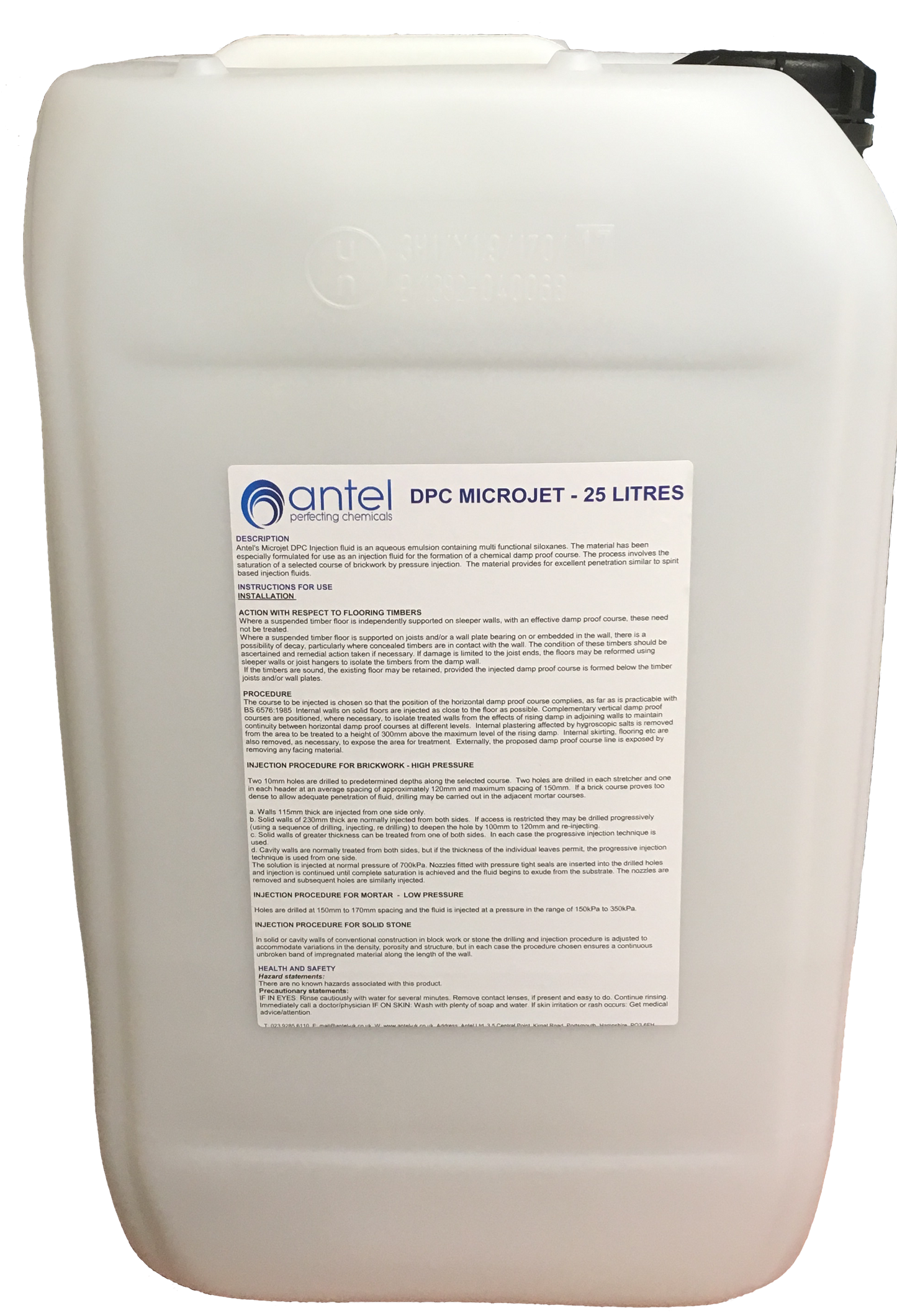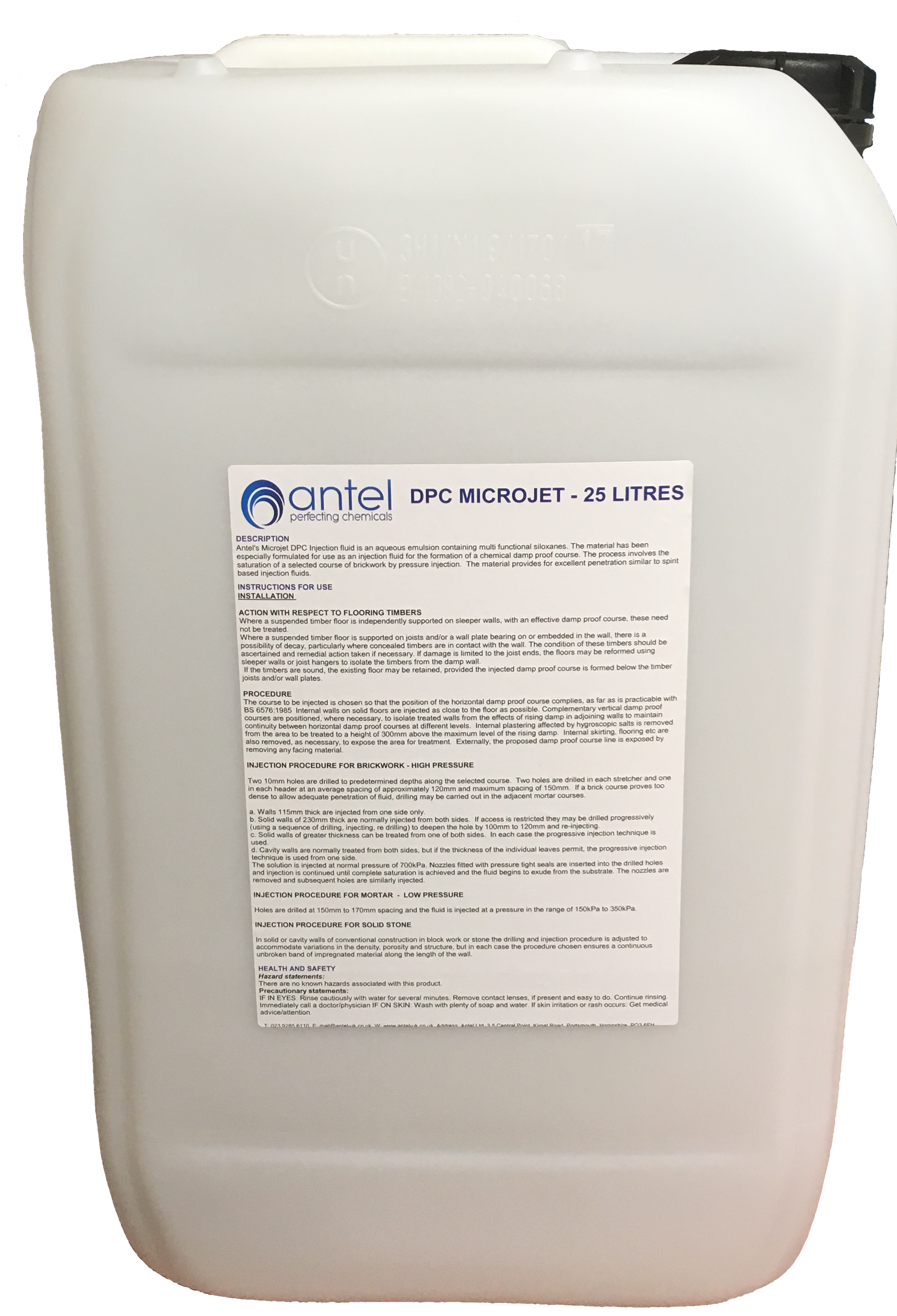
3 Steps to perfect application
-
☑️ Finalise your choice
Identify the best product for your needs. Need help choosing? Our friendly team are here to help - contact us!
-
☑️ Order your chosen product
Once you've finalised your order head to the checkout to complete your purchase. Your order will be dispatched within 24-48 hours.
-
☑️ Apply your product with ease
Our easy-to-use formulas make application a breeze. Follow the manufacturer's instructions for a flawless finish.
Why Choose Antel for Superior Protection & Performance?
At Antel, we're your one-stop shop for all your building chemical needs. Here's why you should choose us:
-
🌟 Unmatched expertise
We have over 20 years of experience in formulating and manufacturing high-performance building chemicals.
-
👍 Superior products
Our solutions are designed for easy application, strong performance, lasting durability, and low environmental impact.
-
🚀 Fast delivery
Get your project started quickly! Most orders are dispatched within 24-48 hours for fast delivery within the UK

Dedicated support
Our technical team is always happy to offer advice and guidance on choosing the right product and ensuring proper application.
FAQs
What makes Antel’s Damp, Tanking, Repellents & Timber Treatments different?
With over 20 years of expertise, our products are designed for superior performance, ease of use, long-lasting protection, and minimal environmental impact.
How do I choose the right product for my project?
We offer a wide range of solutions for different applications! Our dedicated technical team is happy to answer your questions and assist you in selecting the perfect adhesive for your specific needs. Feel free to contact us!
How fast can I get my order?
Most orders are dispatched within 24-48 hours for fast delivery within the UK (additional charges may apply). We also handle international shipping!
Can I still get help if I'm unsure during my project?
Absolutely! Our technical support team is always happy to offer guidance on proper application to ensure flawless results.
Are Antel's products environmentally friendly?
Yes! We take environmental responsibility seriously and strive to create high-performance products with minimal environmental impact.
Need Help Choosing The Right Product?
Our technical team is here to assist! Whether you're unsure which solution is right for your project or have questions about using Antel products, we're happy to help. Feel free to contact us!

